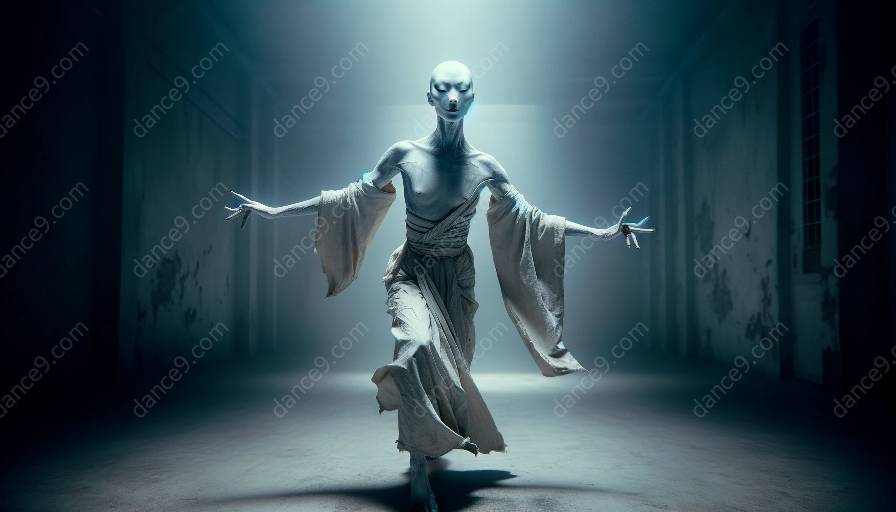Discover the mesmerizing art of Butoh dance and its ritualistic elements in performance. Butoh, a form of Japanese avant-garde dance, is deeply rooted in both traditional Japanese culture and ritualistic elements, making it a unique and captivating art form that continues to influence contemporary dance and theater.
Understanding Butoh
Butoh, often referred to as the 'Dance of Darkness,' emerged in Japan in the late 1950s and 1960s as a reaction to the country's post-war turmoil and industrialization. It was created by Tatsumi Hijikata and Kazuo Ohno, who sought to break away from the conventions of traditional dance forms and explore the darker, subconscious aspects of the human experience.
In Butoh, movements are often slow, deliberate, and expressionistic, with performers embodying a wide range of emotions and states of being, including pain, ecstasy, and the grotesque. This unique style of movement, combined with its ritualistic elements, sets Butoh apart from other forms of dance and performance.
Ritualistic Elements in Butoh
Ritualistic elements play a crucial role in Butoh performances, infusing them with a sense of mystery, symbolism, and spirituality. Butoh draws from various Japanese traditional arts and rituals, such as Noh theatre, Kabuki, and Shinto ceremonies, integrating these influences into its movements, costumes, and themes. The incorporation of ritualistic elements adds depth and complexity to Butoh performances, inviting audiences to explore the subconscious and the unknown.
Connecting Butoh to Dance Classes
As an art form, Butoh offers a unique perspective on movement, expression, and performance, making it an enriching experience for dancers and performers of all backgrounds. Many dance classes incorporate elements of Butoh into their curriculum, allowing students to explore new ways of moving and expressing themselves. The ritualistic elements in Butoh can deepen students' understanding of the spiritual and emotional aspects of performance, enriching their artistic practice and broadening their creative horizons.
The Significance of Butoh in the Art of Dance
Butoh's ritualistic elements and unconventional approach to movement have had a profound impact on the art of dance, inspiring choreographers, dancers, and theater practitioners around the world. Its influence can be seen in contemporary dance performances, experimental theater, and interdisciplinary arts, challenging conventional notions of beauty, grace, and performance. By embracing the ritualistic elements of Butoh, artists are able to access deeper layers of expression and creative exploration, pushing the boundaries of what dance and performance can achieve.
Exploring the world of Butoh and its ritualistic elements in performance offers a profound and transformative journey into the realms of the subconscious, spirituality, and human experience. Its influence continues to resonate within the art of dance, making it an essential and compelling avenue for artistic exploration and self-discovery.













































































